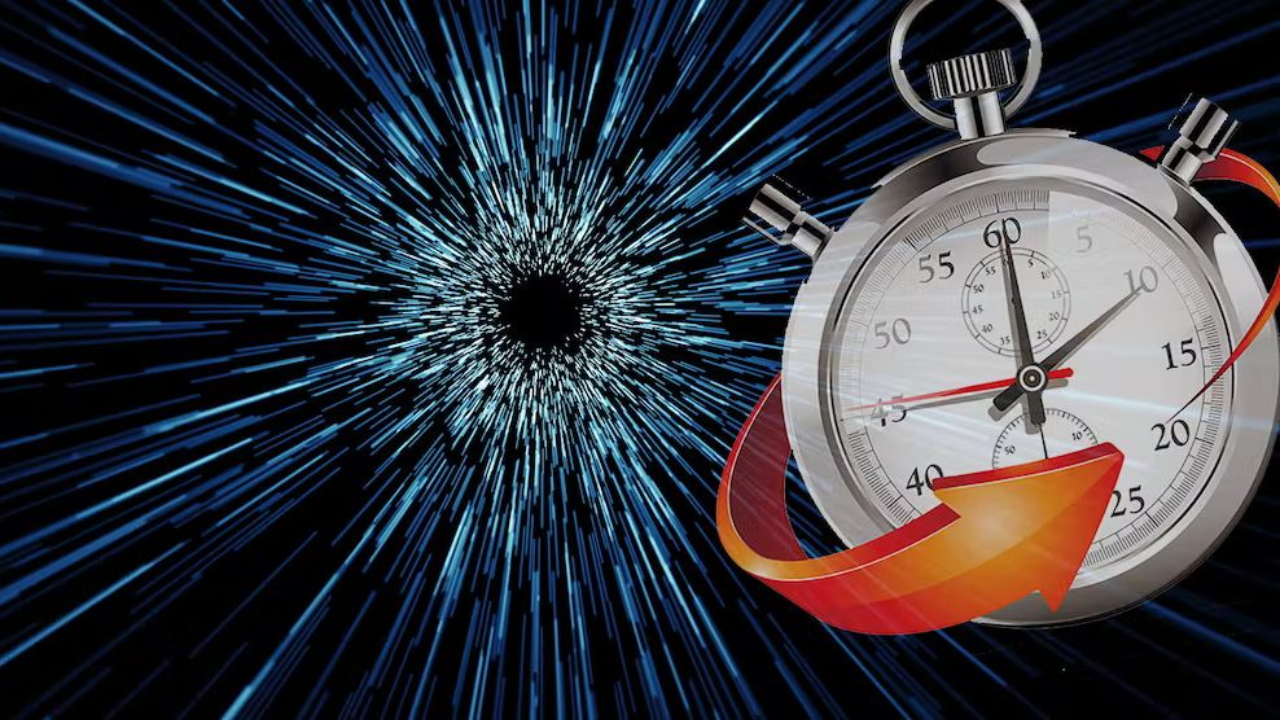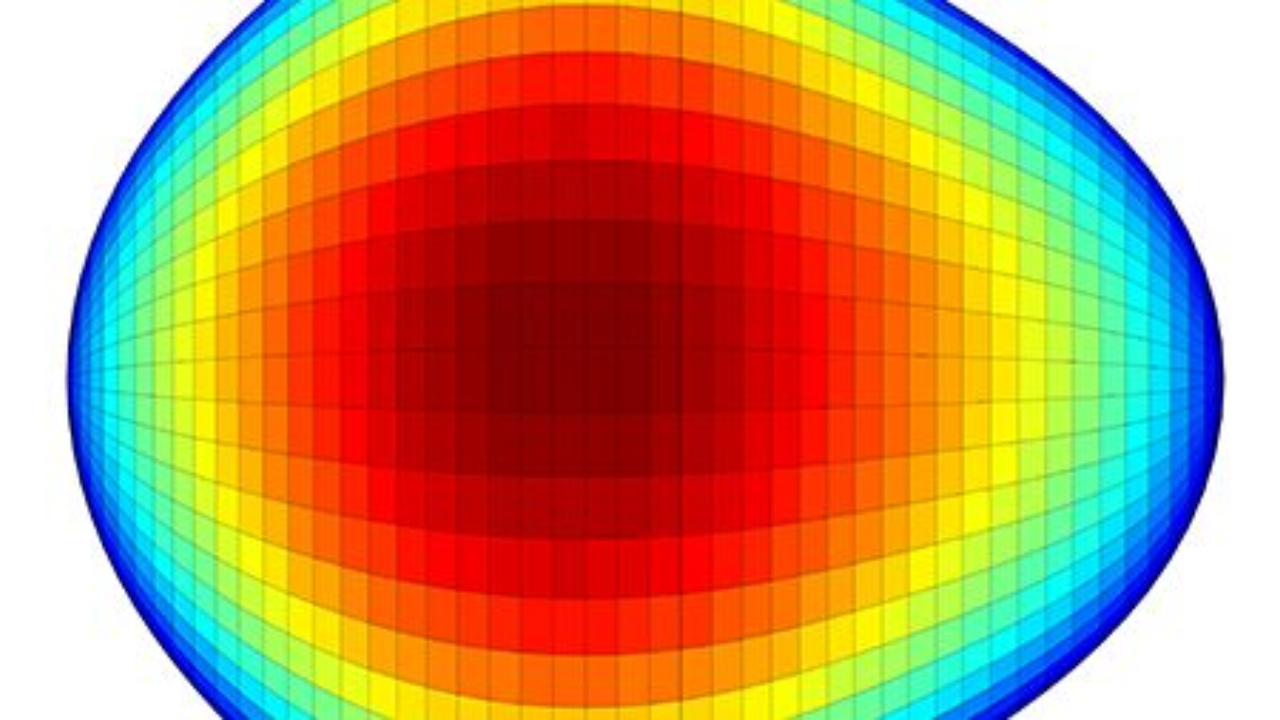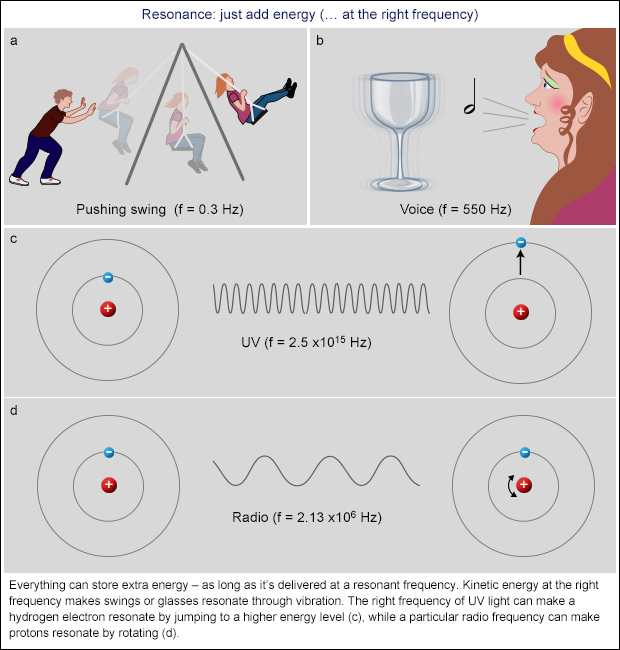Science News
& Faculty Articles
Vindicating the von Neumann Interpretation of Quantum Mechanics by Unveiling a Logical Inconsistency of the Dead-Alive Physicist “Gedanken” Experiment

By Amal Pushp, Affiliate Physicist at the Resonance Science Foundation
The foundations of quantum mechanics is a sub-discipline of quantum physics that essentially deals with questions concerning the nature of the wave function, whether the wave function represents an ontic or an epistemic state, the measurement problem and wavefunction collapse process, etc. One would come across several interpretations that have been proposed to address these problems, however, there’s a lack of substantial consensus among the physics community even after decades of work.
Physicists and philosophers of physics continue to create novel models to explain quantum phenomena and bring about an interpretation that they believe to explain the internal dynamics of such phenomena. Recently, two physicists Carlo Roselli and Bruno Raffaele Stella proposed a thought experiment namely the Dead-Alive Physicist (DAP) and claimed that it falsifies the von Neumann...
Reversing Quantum Processes Now Made Empirically Possible!

Credit: Shutterstock/Getty Images
By Amal Pushp, Affiliate Physicist at the Resonance Science Foundation
We are quite aware of the directionality of time. Everything we know of seems to follow a particular pattern and all events tend to move in a unidirectional path. In other words, it is conventionally known that once a particular event has occurred, there’s no chance that it can be reversed. The physical reason is simple and that is the arrow of time. In general, the arrow of time points in a single forward direction and this is one of the major unsolved challenges of the foundations of physics because physicists are uncertain of why the nature of time is such.
Time as an entity can’t be controlled or manipulated. However, we can manipulate a physical system’s evolution in time and evaluate its metamorphosis from one state to another by careful observation, at least in the classical world. In the quantum domain, even...
New Study Suggests Atomic Nuclei Change Configuration at Varying Energy Levels

Credit: University of Liverpool
By Amal Pushp, Affiliate Physicist at the Resonance Science Foundation
Atomic Nucleus is the central component of atoms comprising of protons and neutrons bound together by the strong nuclear interaction, one of the four fundamental forces and the most powerful of all.
Just like atomic structure, there is a nuclear structure and various models have been propounded in order to approximate the behavior and interactions of atomic nuclei. Some of these models are the liquid drop model, the nuclear shell model, and the collective model proposed by Aage Bohr and co-workers concerning the non-spherical geometry of nuclei.
With reference to the shell model propounded by physicists Goeppert Mayer and Jensen, who won the Nobel prize in 1963 for their work, it says that the atomic nucleus just like the atoms has energy levels that are characterized by the Pauli exclusion principle of quantum mechanics. They found that the main crux...
Empirically Derived Limit on Variations in the Fine-structure Constant

The physical constant alpha (α) has been described as one of the greatest mysteries of physics. Now, new measurements and analysis of spectra from Sun-like stars have produced the most precise astronomical test of alpha and hence potential locational variability in the strength of the electromagnetic interaction with charged particles.
By: William Brown, scientist at the Resonance Science Foundation
How Constant are the Physical Constants of Nature?
Although the forces and physical constants of Nature have been measured and characterized to an astonishing level of precision, some big questions remain: what fundamental aspects of the universe give rise to the laws of Nature? Are the laws set from the beginning by some as-of-yet unidentified intrinsic and indelible relationship or mechanism, producing the seemingly fine-tuned physical parameters that give rise to organized matter and life? Are they immutable in time and space, or do they vary in...
The Generalized Holographic Model, Part III: The Electron and the Holographic Mass Solution

The first direct observation of the orbital structure of an excited hydrogen atom, made using a newly developed "quantum microscope." (Stodolna et al. / Physical Review Letters).
By Dr. Inés Urdaneta, Physicist at Resonance Science Foundation
In the first part of this series, entitled The Generalized Holographic Model, Part I: The Holographic Principle, we introduced the holographic principle as developed by David Bohm, Gerard 't Hooft, Jacob Bekenstein and Stephen Hawking. This principle states that the information contained in the volume of a Black hole is holographically present in the boundary or event horizon of the black hole. Then, in the second part The generalized holographic model part II: Quantum Gravity and the Holographic Mass Solution, we introduced Nassim Haramein's generalization of such principle, where he includes the volume information or degrees of freedom in the volume as well. This generalization allows to define a holographic ratio that accounts...
Origin of Quantum Mechanics III: The Atomic Structure and the Electron

Source of Image here.
By Dr. Inés Urdaneta / Physicist at Resonance Science Foundation
In our previous article entitled Origin of Quantum Mechanics II: Black Body Radiation and Quantization of the Electromagnetic Field we saw that quantum mechanics started from the combined results of two experiments called black body radiation and photoelectric effect, which indicated that matter could only exchange energy -absorb or emit- through discrete packets, quanta of energy that were called photons, which gave a corpuscular aspect to light. Light, which is observed macroscopically as a continuous wave, must then be composed of these discrete packets of energy called photons. This allowed light and matter to exchange photons, i.e., integer units of energy.
The main interlocutor between light and atoms are the electrons that make up the atom. Roughly speaking, it is the electron inside the atom that absorbs or emits electromagnetic radiation in the material, which,...
Contextuality: An Obscure Yet Powerful Feature of Quantum Mechanics

By Amal Pushp, Affiliate Physicist at the Resonance Science Foundation
A pair of quantum entities spatially separated in the network of spacetime displays a mysterious correlation when measured. This quantum correlation is commonly referred to as entanglement. In the current age, phenomena involving entanglement and its diverse applications are inevitable, however, it would be quite surprising to the reader at first that this quantum phenomenon was dismissed as an impossible spooky scenario by none other than Albert Einstein who is believed to be one of the founding fathers of quantum physics itself.
Entanglement, also popularly known as non-locality within scientific circles, has become a well-established topic over the decades. However, there is another quantum aspect that is equally interesting but probably most of us haven’t heard of it. This lesser-known phenomenon of quantum mechanics is termed contextuality. To put it simply, contextuality says that properties of...
Controlling the Quantum Vacuum for Energy Transfer and Functional Casimir Devices

Researchers Devise Method to Control Quantum Vacuum Fluctuations for Unidirectional Energy Transfer Between Two Nanodevices
By: William Brown, Biophysicist at the Resonance Science Foundation
A fundamental outcome of quantum field theory is the prediction of an ever-present non-zero energy in the vacuum state. In classical physics, a vacuum is totally devoid of energy or substance. In modern physics, all forces and associated particles are field-like, and their manifestation is a result of excitations of the respective quantum field. As such, according to quantum field theory, even in a vacuum there are quantum fields, and importantly these fields are always undergoing random excitations, even at the point where there should be zero energy—i.e., there are constitutive zero-point energy fluctuations.
These quantum vacuum energy fluctuations are not trivial, in the theory of Quantum Chromodynamics (QCD) they are what gives hadrons, like the proton, their mass. Within QCD...
What is Resonance and Why is it so Important?

Image: Linden Gledhill, a Philadelphia-based pharmaceutical biochemist creates incredible cymatic pattterns with sound, water and light.
By Inés Urdaneta, Physicist at Resonance Science Foundation
Resonance is experienced, and even identified as the process being responsible for the forms of what we perceive, observe, or infer based on it - an atom, a flower, planets, galaxies -. It binds together the different elements that make up physical reality and allows interaction between them. It is the main factor for feedback to be possible, the conduit, shall we say, through which the exchange of information happens: the external can penetrate the internal, and the internal can manifest outside. The condition for that channel to be available, is the coincidence in energy; that the inner and outer energies are compatible. i. e., that they have the same frequency.

Source of Image: https://www.abc.net.au/science/articles/2014/06/16/4022877.htm
In general, we...
Entanglement over 33 Km! New Distance Record

By Inés Urdaneta, Physicist at Resonance Science Foundation
Entanglement, coined by Einstein as “spooky action at a distance”, has achieved a new record for long distance communication, as a team from Ludwig-Maximilians-University Munich (LMU) and Saarland University have reported in Nature [1].
Entanglement is the property by which two quantum objects, such as atoms, are connected in such a way that their quantum state can’t be described independently from the other. Hence, when a change happens in one of the objects, the other object modifies its state as to preserve the relationship between them, no matter the distance between them.
This feature seems to defy Einstein’s special relativity, in which nothing, not even information could travel faster that the speed of light. It is as if the correlation between entangled particles was preserved “instantaneously” by some miraculous mechanism implying an intrinsic nonlocality of...



